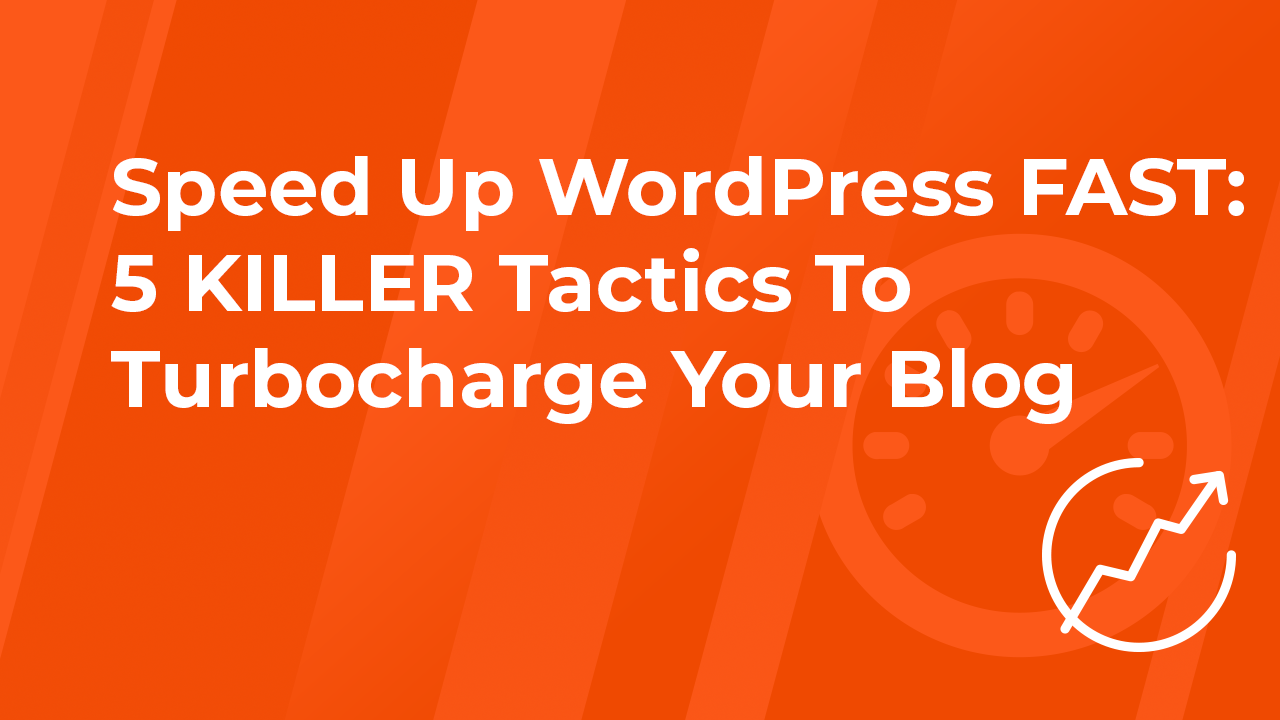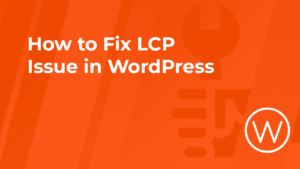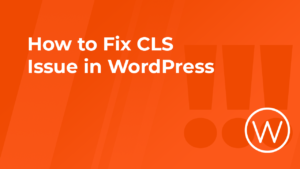If you’re not a very technical person and you’re probably not if you’re reading this, speeding up a painfully slow WordPress site can seem difficult to say the least.
So I’m going to lay out – in NON-techy language – the simplest ways to massively accelerate your WordPress website, based on 5 key areas.
#1 – THE FORCE IS STRONG WITH FAST HOSTING
One of the main reasons I co-founded WPX Hosting back in 2013 was that I was totally fed up with the slow speed, lousy support and deceptive marketing of hosting companies back then.
Things aren’t massively better in the Web hosting industry today, as you can see from how the so-called ‘big names’ in hosting are currently reviewed by their real customers here.
And one of the biggest misconceptions about web hosting is that ‘cheap hosting’ e.g. a few bucks a month for ‘unlimited this’ and ‘unmetered that’ is fine because the site seems fast enough to the customer when they are on the site.
However, apart from usually awful support, that type of hosting usually goes down under much of a traffic load, such as from an email promotion or launch, or you find that the ‘unlimited bandwidth’ promise was basically a scam and your site visitors see this, usually during an important moment for you or your client:

That’s because buried DEEPLY in the Terms of Service of hosting companies seemingly offering ‘unmetered’ or ‘unlimited’ bandwidth or data transfer are statements like this:

For example, let’s check on Matthew Woodward’s recent, independent speed test results using GTMetrix.com against all the heavyweights in WordPress hosting:

where Matt Woodward concluded that:

and using another popular global speed testing tool, Pingdom Tools:

Matt came to this conclusion:

And that brings us to another BIG factor, especially IF your audience is global – using something called a Content Delivery Network (CDN).
#2 – GRAB YOURSELF A FANCY ‘CONTENT DELIVERY NETWORK’ CONTRAPTION
If you’re not familiar with exactly what on earth a ‘Content Delivery Network’ is, think of it as a network of computers across the world copying your website content to each machine.
Why this matters is pure SPEED.
For instance, let’s say that you’re a marketing software entrepreneur with your main website hosted in WPX Chicago where we use the world’s largest data center.
In this case, your site will load very quickly in North America
BUT
visitors – potential customers! – to your site from Australia, Europe, Asia, and Africa will see much sloooooooooooooweeeer load times as your site content has to be pulled from Chicago to wherever those far-away visitors are looking at your site from.
UNLESS
You are using a high-quality Content Delivery Network and your visitors outside the US are seeing content loading from servers near their location.
In the case of WPX’s own custom, high-speed CDN, the ‘WPX Cloud’, we have heavily optimized our global CDN to run with our own technology stack and WordPress specifically and that’s why WPX crushed other (often much more expensive) hosting services, even those using CDN’s like Cloudflare, Stackpath/MaxCDN and KeyCDN:

So if you care about the viewing experience for visitors to your website from around the world – IF relevant for your online business – and you probably invested a LOT in time, paid ads, and/or SEO to get people to your website in the first place, why wouldn’t you make sure your blog is running on [a] superfast hosting, with [b] a good quality Content Delivery Network.
HOWEVER
We still have more to do IF your site isn’t running insanely fast, namely auditing your installed and active PLUGINS.
#3 – STOP DRAGGIN’ ROUND ROGUE WP PLUGINS
Plugins are extra bits of software you can add to your WordPress site to get different extra functions e.g.

While that sounds great because flexibility is one of the best things about WordPress, in reality, it’s more complex.
That’s because many well-meaning software coders and developers making their WordPress plugins have little to no idea about the impact of their code on hosting servers or other plugins, some of which can be devastating in terms of resource usage.
One of our (super expensive and slower, see above) competitors, WP Engine, even outright ban about 70 plugins and removed them from customers’ sites when detected:

So how do you know which WP plugins are killing your loading speed and which ones are fine?
Here’s my best advice:
- Open up your plugins page on your WP Admin page
- Consider whether you actually even use or need each plugin there (most likely you are hoarding a bunch of plugins that you have long since forgotten about, we all do it)
- Deactivate and remove the unwanted/unused/unneeded plugins
- Now deactivate all the remaining plugins, yep, switch them ALL off
- Then, using Pingdom Tools, GTmetrix OR your own favorite speed testing tool, test how fast your page reportedly loads (read more on that below), with the plugins gradually turned on, one at a time, then speed test again, activate another plugin, speed test again etc, until all are activated
- This should show you which ‘boat anchor’ is masquerading as a WordPress plugin
- When you have identified the nasty bugger, look for alternatives in Google e.g. ‘alternative to PLUGIN NAME’
- Auditing plugins periodically is good practice in future too!
#4 – GET CONTROL OF GODZILLA-SIZED IMAGE FILES
We should all be using high quality images on our websites these days BUT good images can be huge files and that can slow down your website while they load.
And even though good CDNs use caching (storing) files to avoid pointlessly reloading the same file each time for different site visitors, some image optimization is good practice for your site speed, ideally done when you are first creating new Posts or Pages in WordPress.
For example, here is a recent UNoptimized image of a beautiful rescue dog, Eddie, that my dog foundation saved from a miserable life in an awful, caged shelter – this file is NOT optimized and weighs in at hefty 7.8 Mb in its raw, straight-from-camera form:

but with a few simple tweaks, I reduced the files size from 7.8 Mb to just 84 kilobytes in the optimized version below – can you see any visual difference in the quality?

7.8 Mb is a LOT for just ONE image on a blog that could have many images and with a few small optimizations, made with the excellent free Paint.net tool, the file size shrunk down to 84 Kb!
And all I did in (free) Paint.net was:
- Change the image format from .png to .jpeg
- Reduced the JPEG quality from 100% to 80% (this is usually fine though some photos need higher quality, depending on their composition)
- Reduced the image size to the column width of this blog, namely 1020 pixels (anything bigger than your blog width is stoopid and wasteful)
- With those three changes, the file size decreased from 7.8 Mb to 84 Kb!
Here you can see the drastic file size difference:

That’s a super easy speed fix!
#5 – MISREADING SPEED TOOLS
At the time of writing, the main website speed testing tools are:
- Pingdom Tools
- GTmetrix
- Google Page Speed Insights
- Webpagetest.org
However, each one has a certain way of working that can be confusing when it comes to accurately measuring site speed.
And I struggle to see the value of Google’s Page Speed Insights tool in its current form when Google’s own mass-traffic websites get scores like this, but load INSTANTLY when I visit sites like Youtube.com on mobile:




